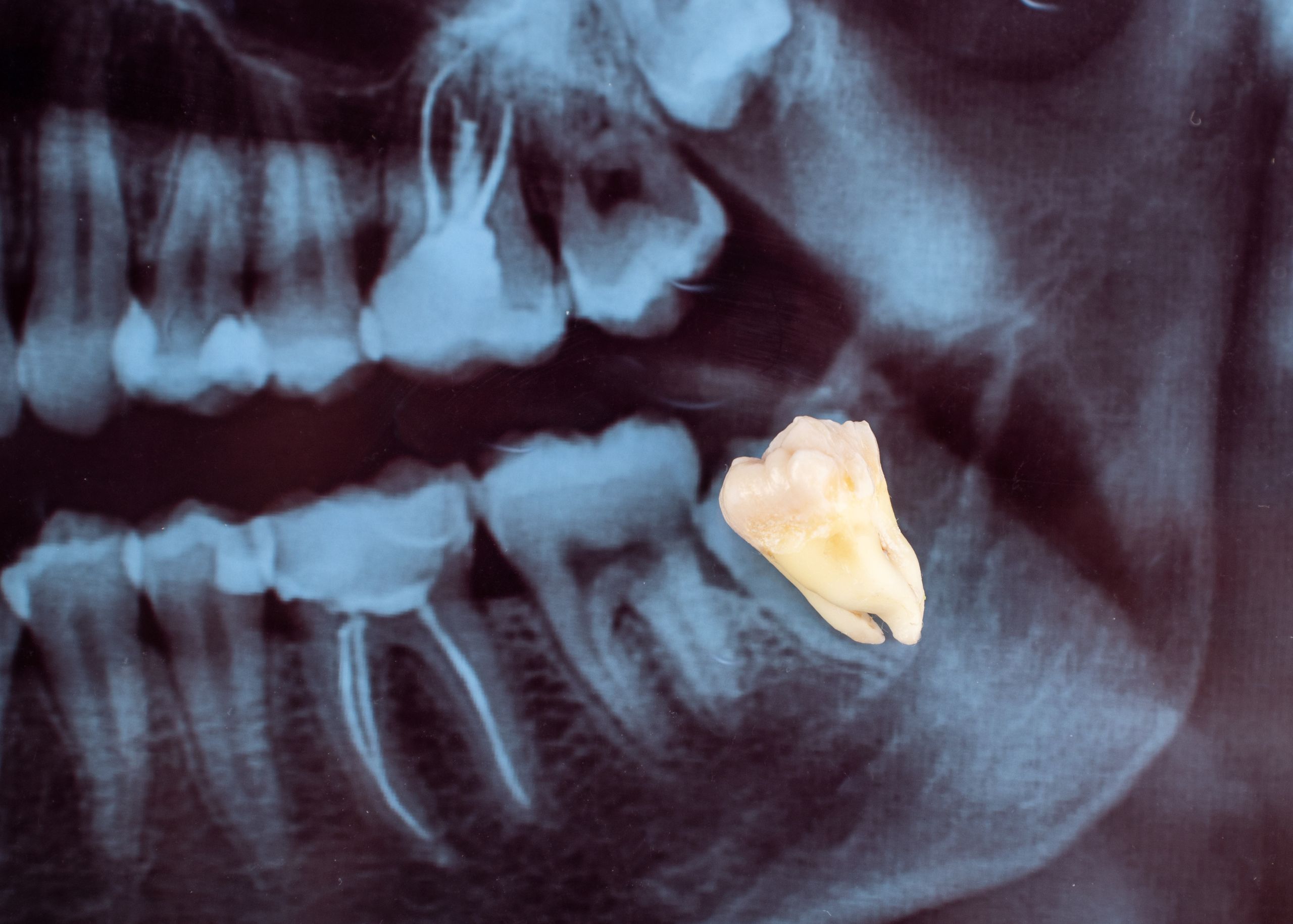Wisdom teeth, or third molars, typically emerge in the late teens or early twenties, often accompanied by a mix of curiosity and concern. These teeth, embedded deep in our evolutionary past, frequently provoke questions about their purpose and the challenges they bring. For many, the emergence of wisdom teeth brings discomfort or even pain. Limited jaw space can cause these teeth to become impacted, trapped beneath the gumline, or grow at problematic angles, leading to a range of dental issues.
Symptoms and Complications
Impacted wisdom teeth can cause pain, swelling, and difficulty opening the mouth, sometimes leading to infections. Each case is unique, so the decision to remove wisdom teeth varies. Dentists often recommend extraction if these teeth risk causing crowding, decay, or damage to adjacent teeth. However, if the wisdom teeth are healthy, fully erupted, and correctly positioned, extraction might not be necessary.
Extraction Techniques and Recovery
Advances in dental technology and anesthesia have made wisdom tooth extraction a routine, generally comfortable procedure. The complexity of the extraction, which may involve local anesthesia, sedation, or general anesthesia, dictates the approach:
- Pre-Procedure Evaluation: Includes thorough examination and X-rays to determine the teeth’s position and condition.
- Anesthesia Options: Tailored to patient comfort and procedural requirements.
- Extraction Methods: Vary from simple pulling using forceps for fully erupted teeth to surgical removal for impacted teeth, possibly involving bone removal and tooth sectioning.
- Post-Operative Care: Emphasizes pain, swelling, and bleeding management, with specific instructions on diet, smoking cessation, and medication.







